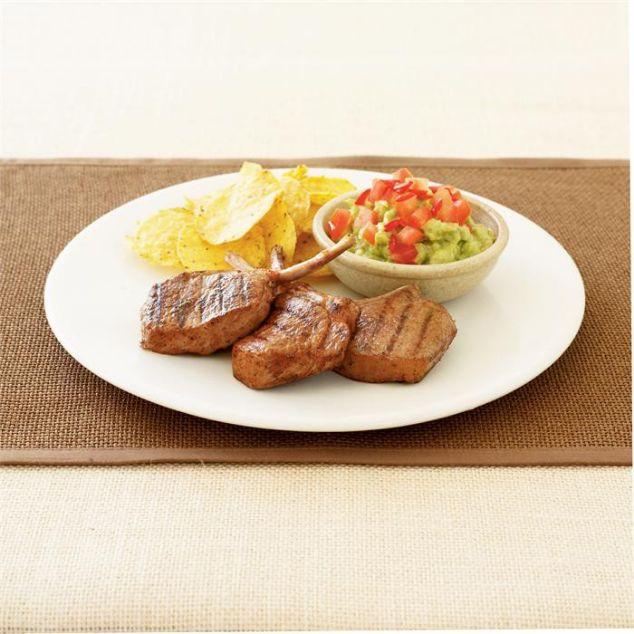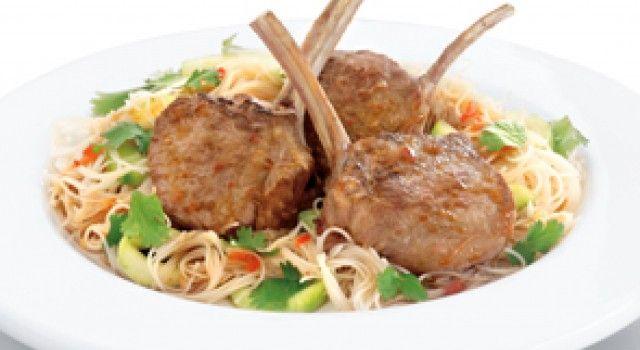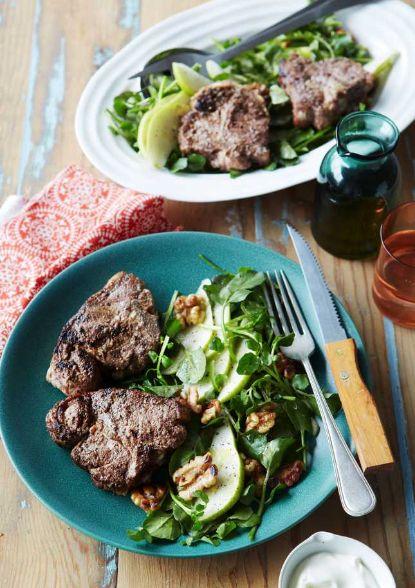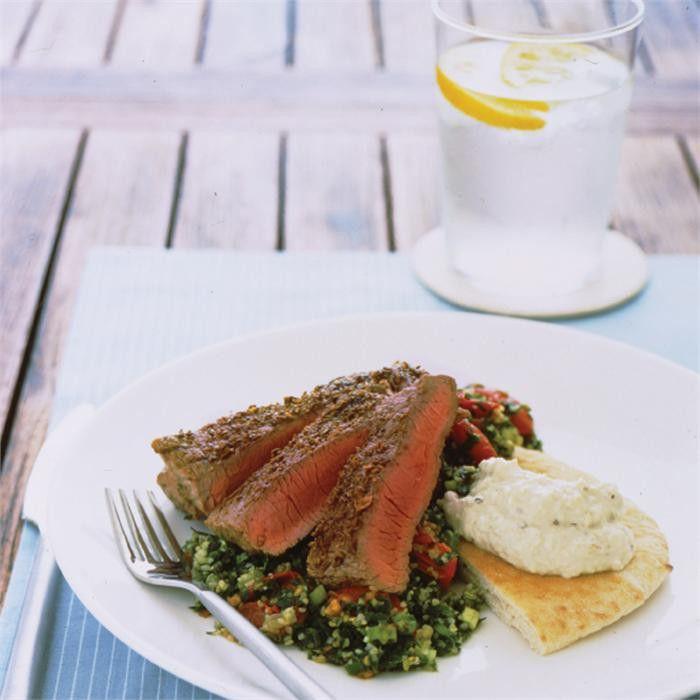- Home page
- Dive into cooking methods 101
- Cooking methods
- Basics of barbecue at your fingertips
Barbecuing is a favourite way to cook, and popular way to entertain. Beef and lamb are both very easy to barbecue, choose from delicious steaks, cutlets or beef or lamb kebabs...there's a winning 'barbie' recipe for everyone.
Easy steps to perfectly barbecue beef and lamb

Step 1 - Coat the meat in oil instead of adding oil to the barbecue grill or hotplate. If the meat has been marinated lightly pat it dry with absorbent paper (this helps the meat brown rather than stew).

Step 2 - Ensure the barbecue is hot before you cook; the meat should sizzle as it makes contact with the plate or grill.

Step 3 - Cook one side until the first sign of moisture appears on the upper side, turn and cook the other side. Turn once, for rare and medium. For well done, turn a second time. Once moisture re-appears, reduce temperature until cooked.

Step 4 - Test for doneness with tongs. Rare is soft when pressed, medium is springy but soft and well done is very firm. Remove steak, cover it loosely, and rest it in a warm place for few minutes before serving.
Beef and lamb thickness
- For the best results when barbecuing, beef cuts should have a minimum thickness of 21mm and lamb cuts should have a minimum thickness of 15mm
- Steaks over 30mm in thickness that are cooked above medium should also be finished in a hot oven, or with the hood on the barbecue down. If cooking on an open barbecue, reduce the heat to medium, move the meat to a cooler part of the barbecue plate to finish. For more detailed information, please refer to our "How to cook a steak' page.
Barbecuing Tips
- Make sure your barbecue is HOT before you start to cook. The hand test can give you a good sense of how hot the grill or barbecue plate is. Hold your outstretched palm about 6cm from the heat. If you can only hold it above the heat for around a second it means it's too hot. If you can hold your hand above the heat for 3 to 4 seconds it's at a moderately high temperature, which is perfect for barbecuing. Any longer, say 8 seconds then the heat is too low. The barbecue should be hot enough to sizzle the meat as it makes contact with the plate or grill.
- Marinated meat needs to be treated differently. Don't pour marinade over the meat while it's cooking, this makes the meat stew and causes flare-ups. To keep meat moist you can brush the meat with a little of the marinade as it cooks. Don't brush it on the meat during the last minutes of cooking time. For more information, visit "How to marinate meat".
- Don't crowd the flat-plate or char-grill plate when you barbecue. This reduces the heat and the meat will then release juices and begin to stew.
- When you barbecue don't turn the meat too often, the rule is - turn meat once only. Use tongs to turn the meat, not a barbecue fork as piercing the meat will drain the juices onto the grill or barbecue plate. For more information please visit "How to cook the perfect steak".
- Always rest meat after it comes off the heat. This allows the juices, which have been driven to the centre of the meat by the heat to return to the surface. If given the time to rest the meat will loose less juice when you cut it and when you eat it the meat will be juicier and tastier.
- Never test for 'doneness' by cutting the meat. For tips on determining when your meat has been cooked to your liking have a look at the "How to cook the perfect steak" and "How to tell when meat is ready or 'done' pages".

Best cuts for Barbecuing
Beef
Fillet/tenderloin, rib eye/scotch fillet, sirloin/porterhouse/New York, t-bone, rump, round, blade, oyster blade, beef spare ribs and lean mince for burgers. To make it even easier get the SteakMate Smartphone app and cook the perfect steak every time.
Lamb
Steaks (round or topside), fillet/tenderloin, eye of shortloin/backstrap, loin chops, leg chops, chump chops, spare ribs and lamb cutlets





